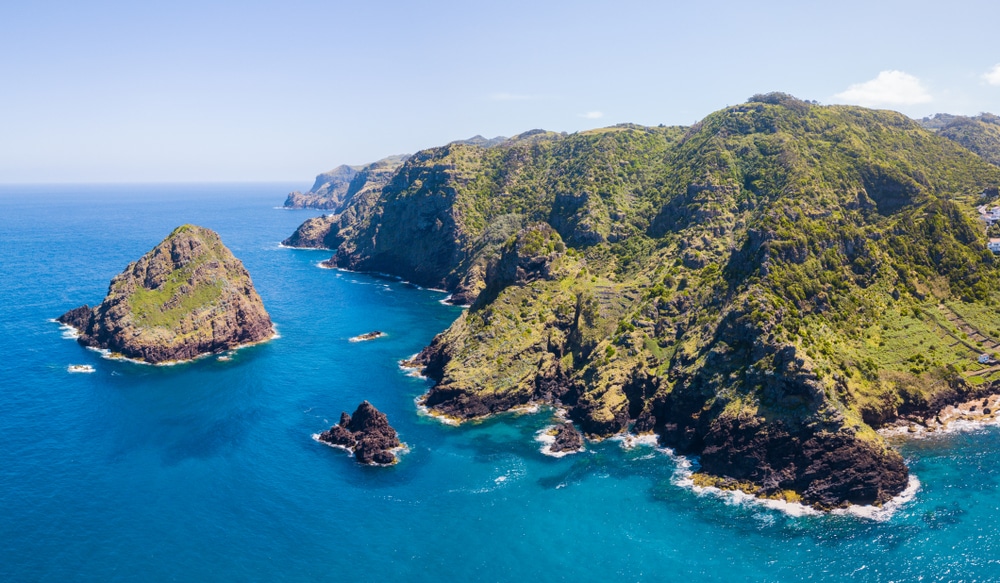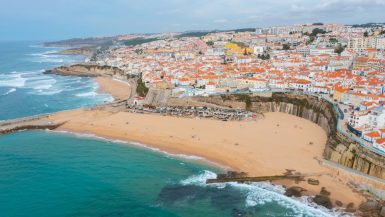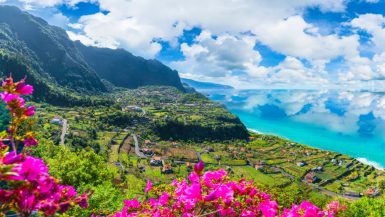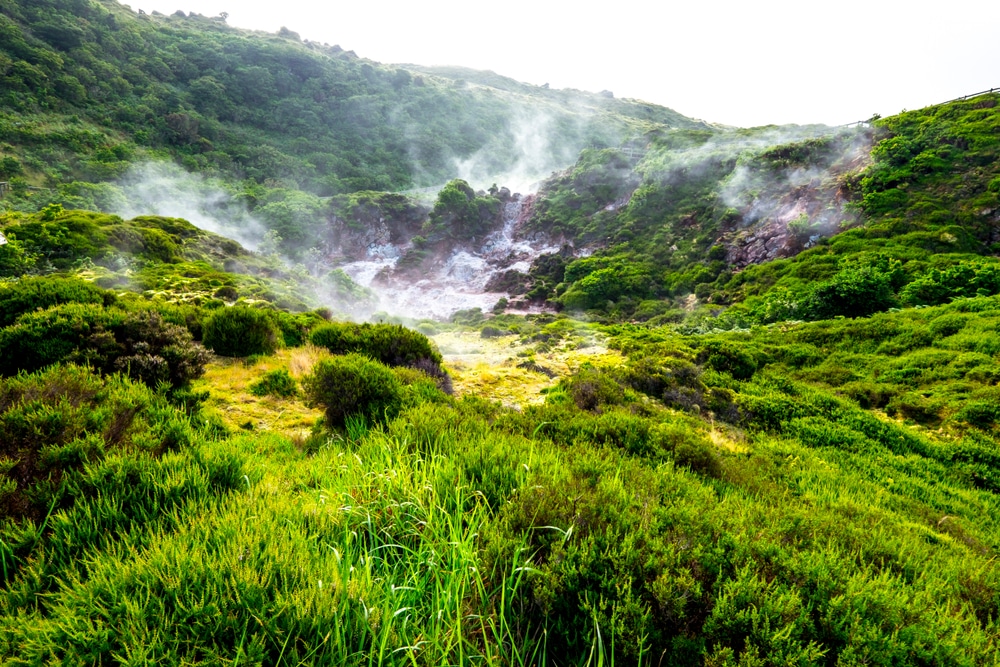Roland Kaiser already sang in his song “Santa Maria” about the longing that the Portuguese Atlantic island triggers in many travellers. The small island of about 5,000 inhabitants is not usually in the spotlight. It is not only the geologically oldest island in the Azores, but also offers good conditions for a relaxing holiday with its unique geology, nature and tranquillity.
Arrival and climatic features
Santa Maria belongs to Portugal and is part of the archipelago of the Azores, of which it is the southernmost island. From the island of Sao Miguel you can take the ferry to the island within 2.5 hours. However, the most common way to enter the country is by plane. There are daily flights from Sao Miguel via the airport and several times a week from the Portuguese capital Lisbon . In principle, the island can be visited all year round, although the summer months are particularly suitable for beach holidays, as it rains more often in autumn, especially in the east. The island’s climate is warmest from April to September, with an average of 23 degrees Celsius, and around 17 to 18 degrees in the winter months.
Scenic and cultural features of the island
Santa Maria is known for its different landscapes, among other things. The island combines beaches as well as green hilly landscapes, mountains and barren landscapes. Although it is of volcanic origin, it is formed from sedimentary rock and continues to rise to this day.
In the center of the island is the Pico Alto, the highest mountain, which is actually only 587 m high and is connected to the plain by a road. From the local panorama you can follow the scenic division of the island into the fundamentally different western and eastern parts. In the west of the island, which is generally rather flat, there is a semi-desert, the “Barreiro da Faneca”. It is a unique, undulating landscape of red-coloured clay deposits that give the landscape its typical appearance and is a protected area.
Here in the west are also many agricultural areas and farms as well as the island’s civil airport. The east of the island is rather green, humid and characterized by mountainous landscapes. Here you can cross the landscape lined with vineyards and many country estates on a variety of hiking trails. On the coasts of the island in the south and east, bays and sandy beaches predominate, which are frequented by many bathers. Overall, the landscape of Santa Maria can therefore be described as varied.
Sights and possible activities
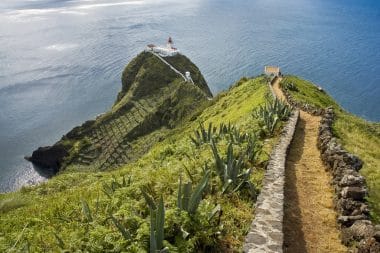
The cultural life of the island takes place in the small towns and villages. The oldest town of Vila do Porto is also home to one of the oldest churches, the Igreja Matriz Nossa, which appears completely in white. In addition, the fortress of São Brás and the Franciscan monastery are places of tourist interest. Typical of the city are the gray-painted houses, which differ in color from city to city. In Vila do Porto, as in the rest of the island, wine consumption plays an important role.
Important original industries of Santa Maria are the production of pottery, which can be purchased all over the island as souvenirs, fishing and agriculture. The cultural highlight of the island is the Mare do Agosto music festival, which takes place every year in August on the white sandy beach of Praia Formosa and features artists from different musical genres. For tourists, the scenic aspects and hiking activities are of particular interest. The hiking trails and roads throughout the island lead to geological formations worth seeing, such as the Ribeira do Maloas waterfall or the Gruta do Figueiral cave, among others.
The numerous diving reserves with their great diversity are also popular and are home to one of the highest biodiversity in the region. You can learn more about underwater life at the Centro de Interpretacao Ambiental museum in Vila do Porto, among other places. A popular vantage point is the Farol de Gonçalo Velho lighthouse at the southeastern tip of the island. Next to it is another panoramic point in the town of Santa Bárbara, from which you can easily overlook the landscape of the island and the sea. Here in the region are the small island of Ilhéu de São Lourenço and the unique rock face Poço da Pedreira, which are also worth a visit.

